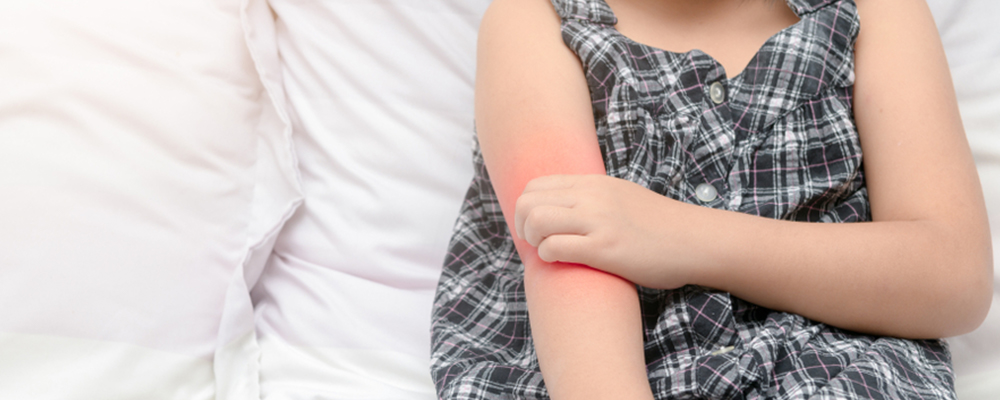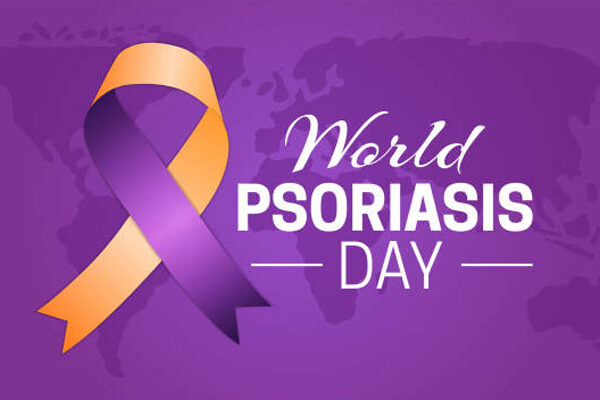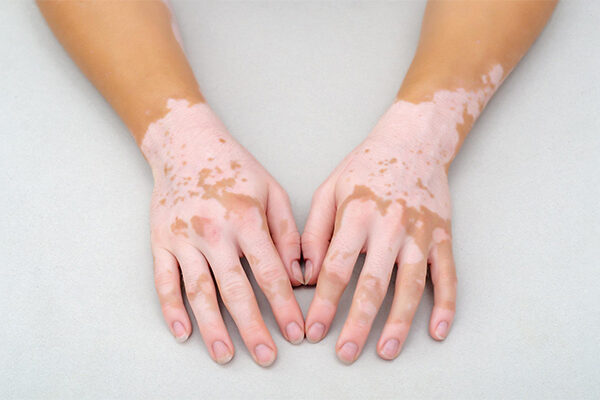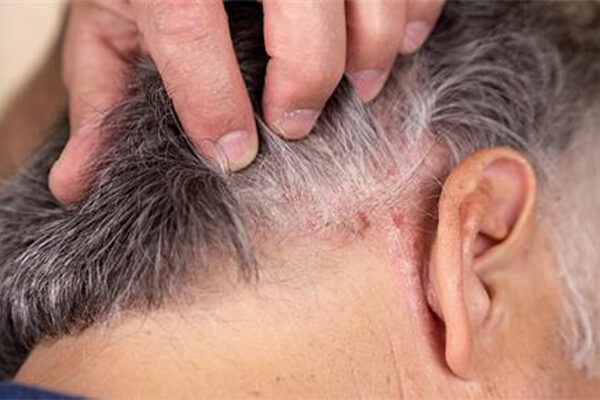Updated on December 28, 2023
Introduction
Eczema affects millions of individuals worldwide and is a common skin condition that leads to inflammation and symptoms like dryness, rashes, and scaly patches. Eczema comes in many different forms and currently, there have been studies that show an association between eczema and coxsackievirus. In simpler terms, we can say that “Eczema Coxsackium” is a type of eczema that is caused by viruses. It is also described as hand-foot and mouth disease and is common in children.
In this article, we will be discussing the causes, symptoms, and treatments of eczema coxsackium.
What is Eczema Coxsackium?
Eczema Coxsackium is a condition that occurs most commonly in children with atopic dermatitis. It is an enteroviral infection that transforms atopic dermatitis into a more extensive and contagious condition. This skin condition is often regarded as an atypical hand-foot-and-mouth disease because it deviates from its usual appearance. It presents rashes consisting of fluid-filled blisters. The good news is that it is self-limiting and resolves on its own.
Also read: Flexural eczema is common in childhood and usually heals as the child grows old
Mode of Transmission:
It is most commonly spread via saliva or stool, so it is imperative to keep your hands clean to avoid getting the infection.
Causes
Eczema doesn’t just affect the way our skin feels but it also weakens the skin defenses. Due to eczema, our skin defense system is weakened. The top layer of the skin which is the epidermis is damaged. Once the protective shield is damaged, it paves the way for microorganisms such as bacteria, viruses and fungi to easily enter the skin. This consequently leads to the condition of eczema coxsackium.
Even if a person is not suffering from atopic dermatitis, eczema coxsackium can occur when the skin’s protective barrier is broken or weakened. These conditions include:
- Skin injuries
- Diaper rash
- Athlete’s foot
- Darier Disease
- Atopic dermatitis
- Sunburn
- Epidermolytic ichthyosis
Also read: Eczema Flare-ups and its Causes – All You Need To Know!
Symptoms of Eczema Coxsackium
- Painful vesicles filled with fluid
- Bullae are large fluid-filled blisters
- Wounded skin
- Sore throat
- Fever
- Rashes
- Oropharyngeal pain
- Oral ulcers
- Fatigue
Careful! Eczema Coxsackium is Contagious!
It is a unique blend of eczema and the highly contagious virus. While eczema alone isn’t contagious, the coxsackievirus spreads easily among individuals. The primary culprits for its spread are:
- Fluid inside the blisters
- Respiratory droplets expelled during sneezing and coughing
- Contact with feces is also considered to be a mode of transmission for the virus
Also read: Is Eczema An Autoimmune Disease or Something Else?
Diagnosis of Eczema Coxsackium
To confirm the diagnosis of the condition, the healthcare provider follows specific procedures such as:
- Engaging in a dialogue with the patient and asking about the symptoms they are experiencing
- Diving into the family history of the patient and getting certain clues as to whether anyone in the family has a similar condition or any other dermatological condition.
- Performing a physical examination to check the stage and spread of the disease.
- Performing certain tests to confirm the diagnosis. The test should be done from samples of the fluid from blisters, stool and oropharyngeal swab.
Diagnostic tests would help confirm the presence of any enterovirus, which is the main causative agent of this condition.
Treatment of Eczema Coxsackium
As discussed above, the only good thing about the condition is that it stays for a limited period of time. That means it goes away in 1 to 2 weeks on its own. Though there are no medications to cure the infection, there are ways that one can incorporate in one’s life to navigate through the discomfort of this debilitating condition.
- Soothing the rash and inflamed skin by using moisturizing creams having anti-inflammatory and antibacterial properties
- Wet wrapping is a process in which you apply a non-irritant cream cover that area with a damp cloth and then add a dry layer of cloth on top
- A person can take painkillers to alleviate discomfort
- Watch out for secondary bacterial infections
Preventive Measures for Children
As discussed above, eczema coxsackium is a contagious disease, it is important to take necessary precautions to prevent it from spreading. Some of the tips to prevent it from spreading in children are as follows:
- Wash hands for 20 seconds with soap. If soap is not available, use a sanitizer (alcohol based) to remove all the dirt and germs that might be present there.
- Avoid touching your face and other body parts to avoid its spread.
- Regularly disinfect and clean the surfaces frequently used.
What is the Prognosis for Eczema Coxsackium?
The prognosis for it is relatively better than other skin conditions. Eczema coxsackium resolves on its own. However, some people might experience nail changes after a few months of infection. Some examples are horizontal ridging and gradual loss of nails that are often painless.
Word from Revival
At Revival Research Institute we are dedicated to progressing our research in eczema clinical trials to uncover breakthrough treatments. We also offer empathetic support to individuals and kids as we completely understand that dealing with eczema can affect an individual’s quality of life. It can raise image concerns and reduce the person’s self-esteem. This consequently affects the emotional and physical well-being of an individual.
Takeaway
Eczema coxsackium sheds light on the vulnerability of eczema-affected skin to enteroviruses. It becomes clear why protecting our skin goes beyond appearance. By noting down the signs and symptoms, exploring one’s medical and family history, conducting a hands-on examination, and running targeted tests, healthcare providers navigate the intricate path toward a conclusive diagnosis. Understanding how the virus spreads and adopting preventive measures can collectively contribute to minimizing the spread of eczema coxsackium. These practices not only protect those with eczema but also create a safer environment for everyone involved.






